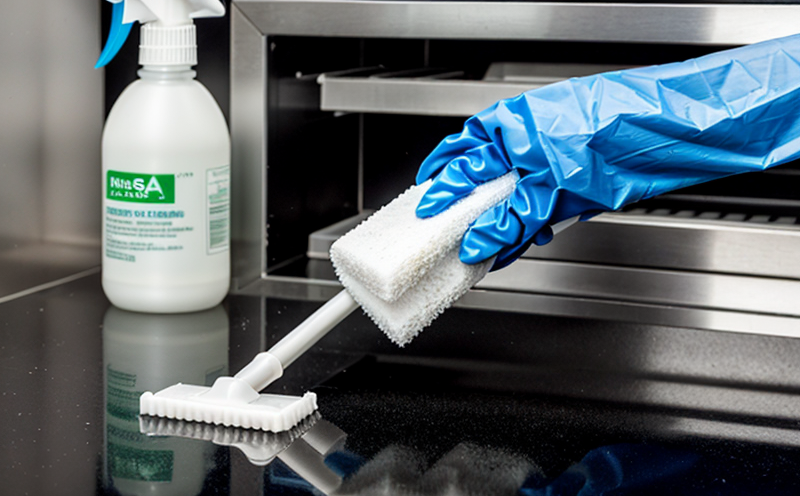ISO 11932 Plastics Hygiene Microbial Barrier Testing
The ISO 11932 standard is a crucial benchmark for ensuring that plastics meet the hygiene and microbial barrier requirements necessary to protect public health. This standard applies specifically to packaging materials, medical devices, and other products where microbial contamination can pose significant risks.
Understanding the importance of this testing is paramount in sectors like healthcare, food safety, and consumer goods. The test evaluates the effectiveness of a plastic's barrier properties against microorganisms, ensuring that these materials remain sterile or hygienic throughout their intended lifecycle. This is especially critical for products such as medical devices, where even minimal microbial contamination can lead to serious health issues.
The testing process involves exposing the sample material to a standardized microorganism under controlled conditions and then assessing whether the barrier maintains its integrity. The results are based on visual inspection, microbiological counts, and other relevant metrics specified in ISO 11932. Compliance with this standard ensures that products meet regulatory requirements and maintain consumer trust.
For R&D engineers, understanding these nuances is essential for developing new materials or improving existing ones. Quality managers can leverage the results of such tests to ensure product consistency and compliance with international standards. Procurement officers benefit from knowing which suppliers adhere to this standard, ensuring that they receive high-quality, reliable products.
The testing process typically involves several steps, including the preparation of the specimen according to ISO guidelines, exposure to specific microorganisms, incubation periods, and final analysis for microbial presence or growth. This comprehensive approach ensures accurate and reproducible results, which are critical for maintaining product safety and efficacy.
Scope and Methodology
The ISO 11932 standard outlines the procedure for evaluating the microbial barrier properties of plastic materials. It specifies the types of plastics that can be tested, including thermoplastics like polyethylene (PE) and polystyrene (PS), as well as certain thermosetting polymers.
The methodology involves several key steps:
- Selection of appropriate microorganisms relevant to the application
- Preparation of specimen samples according to ISO guidelines
- Exposure of specimens to microorganisms under controlled conditions
- Incubation period to allow microbial growth, if any
- Visual and microbiological analysis for evidence of contamination or growth
The standard also provides criteria for acceptable results, ensuring that the plastic maintains its barrier properties effectively. This includes limits on allowable microbial counts or visual detection of microbial colonies.
Industry Applications
| Application Area | Description |
|---|---|
| Medical Devices | Packaging materials for sterile devices to prevent post-use contamination. |
| Food Packaging | Ensuring that packaging remains free from microbial contaminants during storage and transport. |
| Consumer Goods | Guaranteeing the hygiene of products like toys, personal care items, and household goods. |
International Acceptance and Recognition
The ISO 11932 standard is widely recognized across the globe for its rigor and consistency. Countries with stringent hygiene regulations, such as the EU and USA, often require compliance with this standard to ensure public safety.
- European Union: Many directives related to medical devices and food contact materials mandate adherence to ISO 11932.
- United States FDA: The Food Contact Notification program frequently references ISO standards, including ISO 11932 for certain packaging applications.





